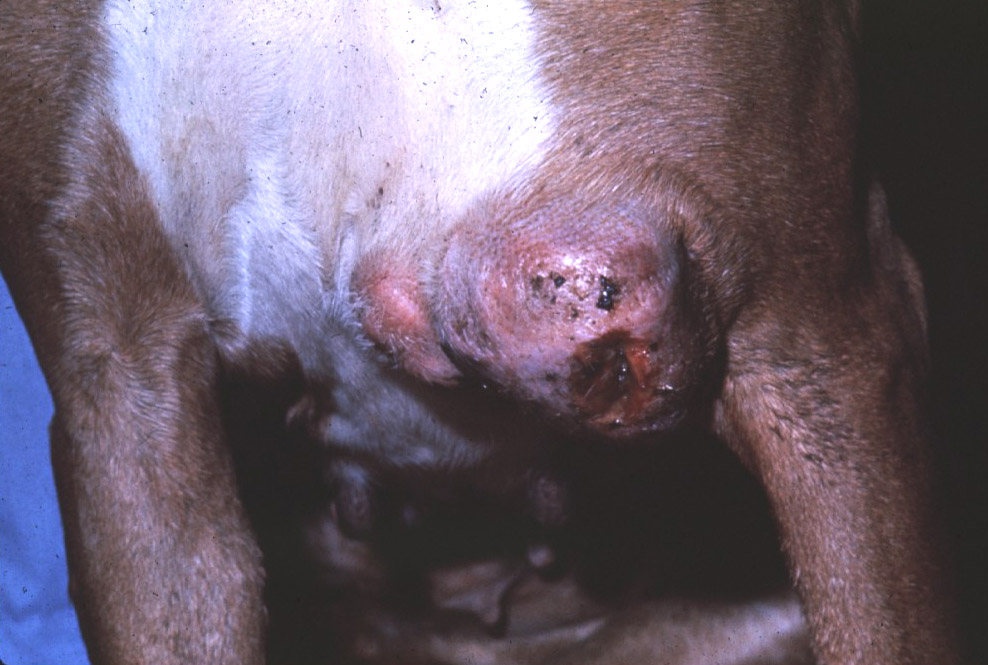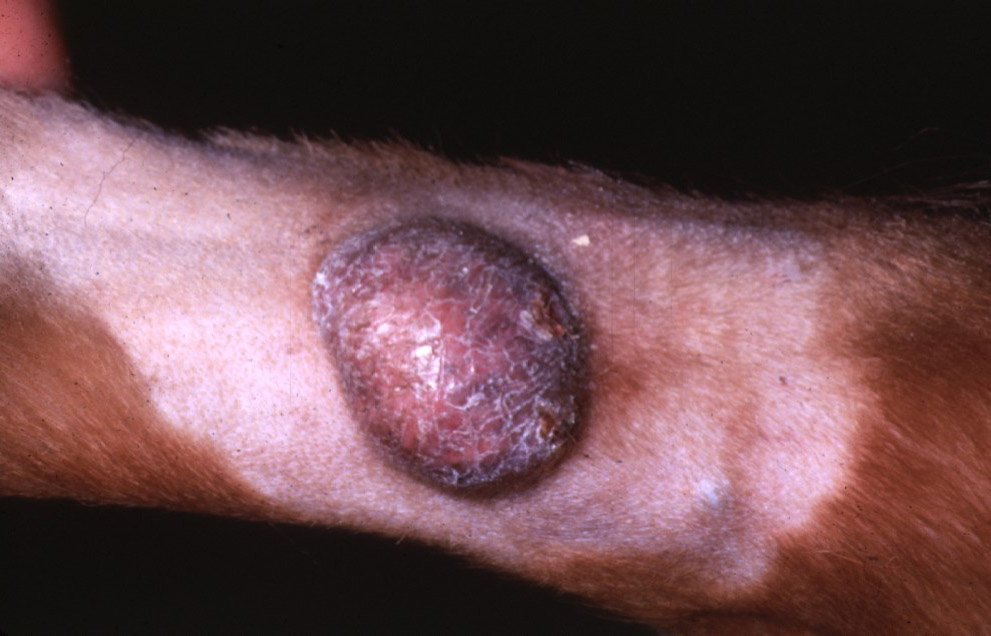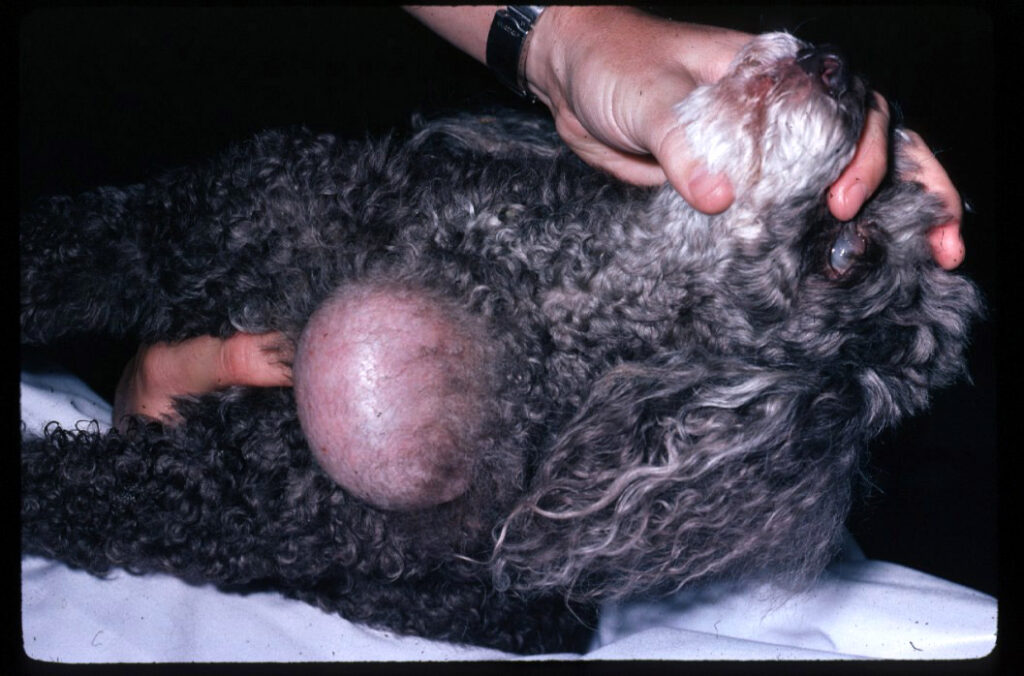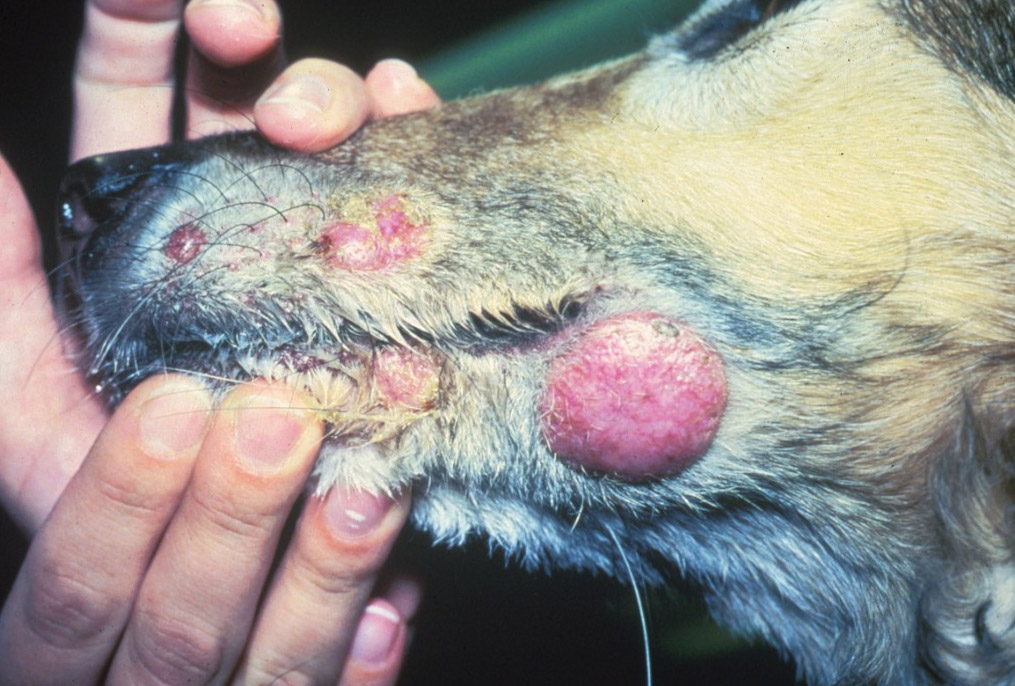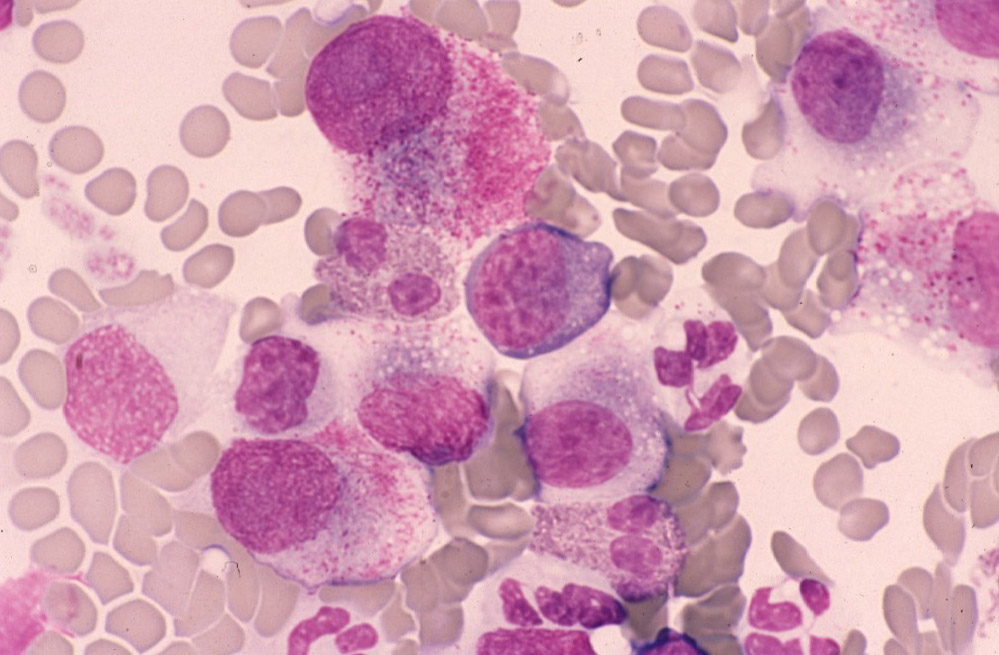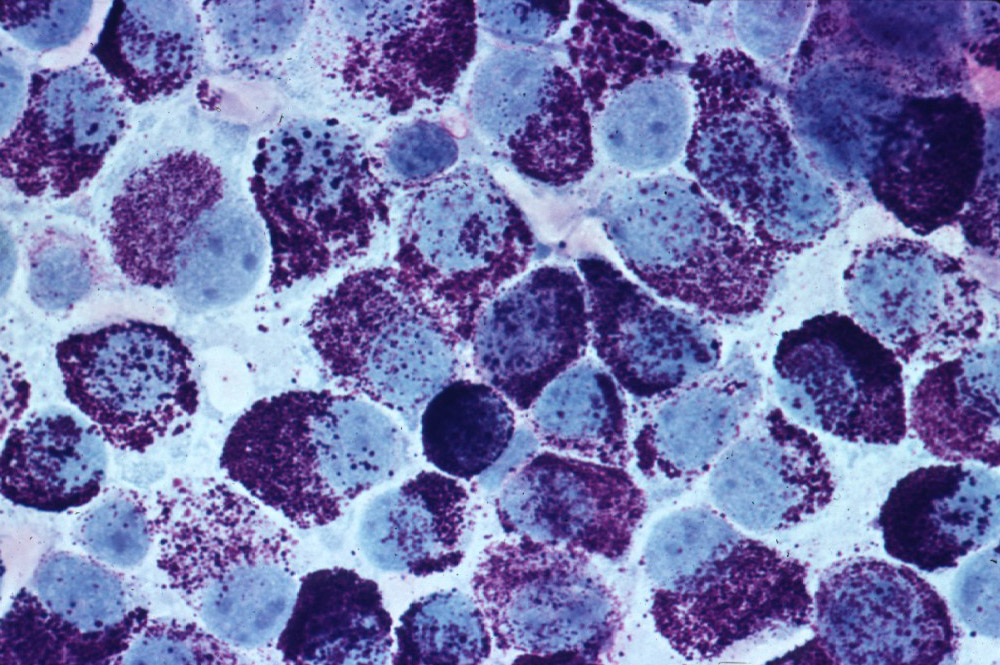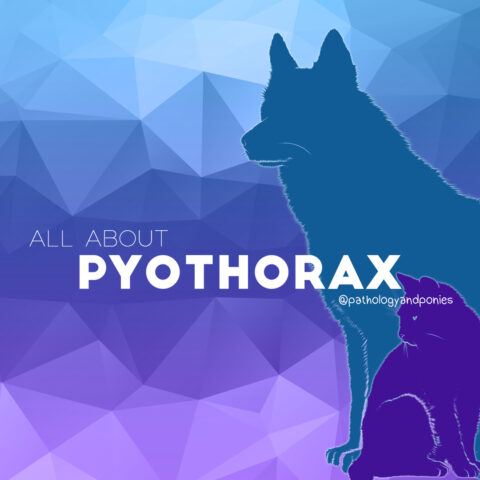Today’s path rounds are on 𝐦𝐚𝐬𝐭 𝐜𝐞𝐥𝐥 𝐭𝐮𝐦𝐨𝐮𝐫𝐬!
𝐖𝐡𝐚𝐭 𝐢𝐬 𝐢𝐭?
𝐌𝐚𝐬𝐭 𝐜𝐞𝐥𝐥 𝐭𝐮𝐦𝐨𝐮𝐫𝐬 are a 𝐧𝐞𝐨𝐩𝐥𝐚𝐬𝐭𝐢𝐜 (cancer forming) proliferation of 𝐦𝐚𝐬𝐭 𝐜𝐞𝐥𝐥𝐬, which are a type of white blood cell. Specifically, mast cells are most commonly associated with allergic reactions.
𝐖𝐡𝐨 𝐠𝐞𝐭𝐬 𝐢𝐭?
Many species can get these tumours, however they are most common in dogs.
𝐖𝐡𝐚𝐭 𝐜𝐚𝐮𝐬𝐞𝐬 𝐢𝐭?
The underlying or inciting cause of these tumours is unknown! However, in dogs we most commonly see these tumours in the skin.
𝐖𝐡𝐲 𝐢𝐬 𝐭𝐡𝐢𝐬 𝐚 𝐩𝐫𝐨𝐛𝐥𝐞𝐦?
Mast cell tumours are actually the most common malignant tumour in dogs, meaning that they are prone to 𝐦𝐞𝐭𝐚𝐬𝐭𝐚𝐬𝐢𝐬 (spreading to other sites) which can have some significant consequences.
However, one of the bigger problems with these tumours is the fact that they are made up of mast cells! Mast cells contain 𝐡𝐢𝐬𝐭𝐚𝐦𝐢𝐧𝐞, the main chemical that induces an allergic response. In some cases, disturbance of the mast cells in these tumours can lead to 𝐝𝐞𝐠𝐫𝐚𝐧𝐮𝐥𝐚𝐭𝐢𝐨𝐧, where massive amounts of histamine are released. Sudden release of all that histamine can rarely trigger anaphylactic shock! So veterinarians have to be very careful when surgically removing these tumours.
𝐇𝐨𝐰 𝐢𝐬 𝐢𝐭 𝐝𝐢𝐚𝐠𝐧𝐨𝐬𝐞𝐝?
These tumours are easily diagnosed on a 𝐝𝐞𝐠𝐫𝐚𝐧𝐮𝐥𝐚𝐭𝐢𝐨𝐧 (poking with a needle to get a sample of cells), since mast cells have a very characteristic appearance. Under the microscope, the veterinarian will be able to see lovely granules within the tumour cells. These granules are what contain the histamine!
𝐇𝐨𝐰 𝐢𝐬 𝐢𝐭 𝐭𝐫𝐞𝐚𝐭𝐞𝐝?
Surgical excision, sometimes with additional radiation treatment, are the most common methods of treatment. However, there are many different treatment types that can be used. For very aggressive tumours, consultation with a veterinary 𝐨𝐧𝐜𝐨𝐥𝐨𝐠𝐢𝐬𝐭 (someone who specializes in tumours) is recommended, in order to develop an effective treatment plan.
𝐏𝐡𝐨𝐭𝐨𝐬
1-4) Examples of skin lumps that turned out to be mast cell tumours. They can range from small little lumps to large, nasty looking things!
5-7) Examples of mast cells under the microscope! So pretty ![]()
𝐒𝐨𝐮𝐫𝐜𝐞𝐬
Maxie, G. Jubb, Kennedy and Palmer’s Pathology of Domestic Animals, Volume 1. Sixth Edition.
Photos 1-7 © Noah’s Arkive contributor French, Harrington, Dhein, Eastep, Medleau, Young, Latimer licensed under CC BY-SA 4.0.

